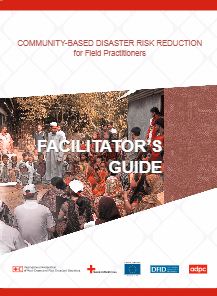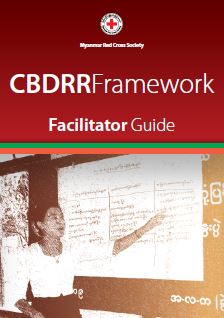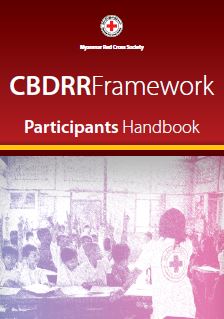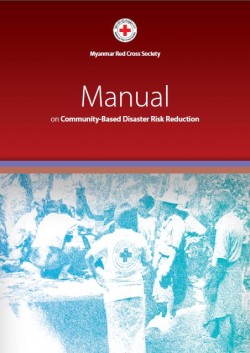Purpose:
The series provide the DRR practitioners with practical guidance on how to plan and implement community-based disaster risk reduction (CBDRR) programmes with a particular focus on training of CBDRR practitioners.
Usage: Guidance for project implementation
Audience: Technical staff, Volunteers
The CBDRR guides are available in series of:
- For CBDRR curriculum, click, Curriculum
- For CBDRR facilitator’s guide, click Facilitator’s Guide, size 7 MB
- For CBDRR Participation work book, click Participant’s Workbook, size 11 MB
![]()









